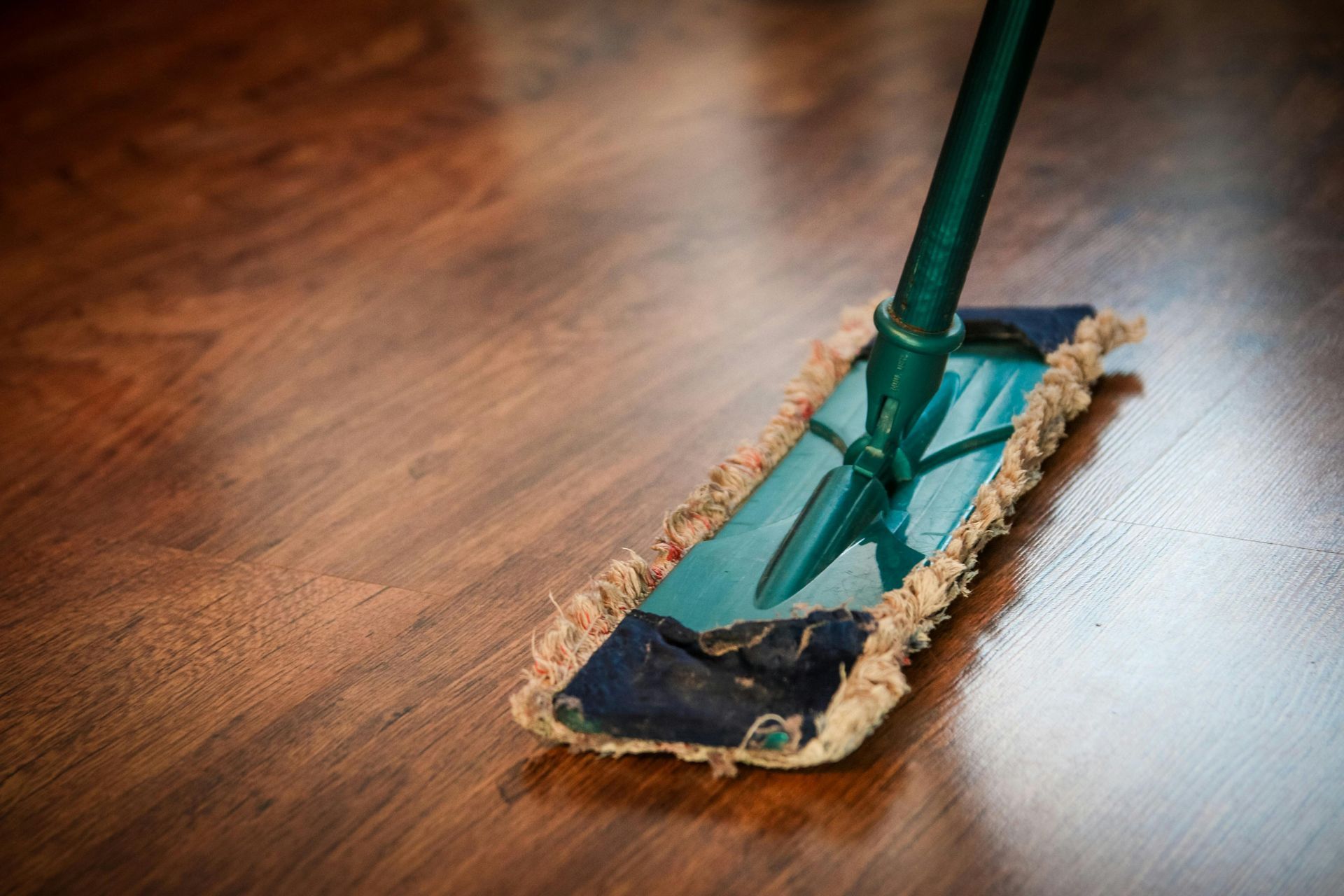What Is The “Buy, Borrow, Die” Investing Strategy?
The “Buy, Borrow, Die” strategy has become a cornerstone of tax-efficient wealth-building for savvy real estate investors. This approach, popularized by tax law professor Edward McCaffery, allows individuals to grow, leverage, and transfer wealth while minimizing tax liabilities. In this guide, we’ll explore how this strategy works in real estate, its benefits and risks, and how to implement it effectively.
What Is the "Buy, Borrow, Die" Strategy?
The strategy involves three key phases:
- Buy: Acquire appreciating assets (like real estate).
- Borrow: Use those assets as collateral for loans to fund lifestyle or further investments.
- Die: Pass assets to heirs, who inherit them at a “stepped-up” cost basis, eliminating deferred capital gains taxes.
Unlike traditional investing, which triggers taxes upon sale, this method allows investors to defer taxes indefinitely and transfer wealth tax-efficiently.
Why Real Estate Is Ideal for This Strategy
Real estate’s unique attributes make it a perfect fit for "Buy, Borrow, Die":
- Appreciation: Properties historically increase in value over time.
- Cash Flow: Rental income provides steady liquidity and covers debt service.
- Leverageability: Equity can be borrowed against at favorable rates.
- Tax Benefits: Deductions for mortgage interest, depreciation, and maintenance.
Step 1: Buy - Acquire Cash Flowing & Appreciating Real Estate
The foundation of the strategy is purchasing properties with strong growth and cash flow potential. Focus on markets experiencing job growth, population influx, and infrastructure development-such as Sun Belt cities or growing suburbs in North Carolina. Target scalable asset types like multifamily or commercial properties, especially those with value-add opportunities like renovations that can quickly boost equity and rental income.
Use financing options that preserve cash flow and maximize leverage, such as low-down-payment multifamily loans or portfolio lenders. Implement tax strategies like cost segregation and bonus depreciation to reduce taxable income early on. Diversify across locations and property types to mitigate risk, and maintain reserves to cover unexpected expenses.
Example: Buying a $500,000 duplex in a growing suburb, renovating units to increase rents by 20%, and using accelerated depreciation to offset income, sets the stage for leveraging equity in the next phase.
Step 2: Borrow - Leverage Equity Without Selling
Instead of selling properties (and triggering taxes), you can borrow against your real estate’s equity to access cash for investments or personal needs. Loan proceeds from a home equity line of credit (HELOC), cash-out refinance, or portfolio loan are not taxable income, allowing you to fund new property purchases, renovations, or even your lifestyle without disrupting your portfolio or incurring capital gains taxes.
This approach lets you keep your assets appreciating while compounding your wealth. For example, a $1M property with $700K in equity could secure a $500K loan at the prevailing interest rate, which you might use to acquire another rental property or cover living expenses. The key is to borrow conservatively, maintain healthy loan-to-value ratios, and keep reserves for emergencies to avoid over-leveraging or cash flow issues.
By leveraging your equity instead of selling, you maximize your portfolio’s growth and maintain the tax advantages that are central to the “Buy, Borrow, Die” strategy.
Step 3: Die - Transfer Wealth Tax-Efficiently
Upon death, heirs inherit properties at a “stepped-up” basis, resetting the cost basis to the current market value. This erases all deferred capital gains taxes. For example, if you bought a property for $300K that’s now worth $1M, your heirs inherit it at $1M. If they sell it immediately, they owe $0 in capital gains taxes.
Why is it critical to transfer at death and not while living?
Transferring property to heirs during your lifetime-through gifts or sales-does not provide this step-up in basis. Instead, your heirs take on your original cost basis, which means they could face significant capital gains taxes if they sell the property. By holding onto your real estate until death, you ensure your heirs receive the property at its current market value, eliminating decades of taxable appreciation and maximizing the wealth passed on. This is a cornerstone of the “Buy, Borrow, Die” strategy and a key reason why patient, long-term ownership is so powerful for generational wealth building.
Estate planning tools like trusts and wills can further streamline this process, helping your heirs avoid probate and ensuring a smooth, tax-efficient transfer of assets.
Other Things to Keep In Mind
Benefits of the “Buy, Borrow, Die” Strategy
- Tax Deferral: Avoid capital gains taxes (15–20%) and depreciation recapture (25%) indefinitely.
- Compounding Growth: Reinvest 100% of equity into larger or additional properties.
- Generational Wealth: Heirs inherit assets tax-free, perpetuating the cycle.
- Cash Flow Flexibility: Use rental income to service loans. You can also use the rental income and loans to fund your lifestyle.
Risks and Considerations
- Interest Rate Risk: Rising rates increase borrowing costs.
- Market Volatility: Property values can decline, affecting equity and loan terms.
- Legislative Changes: Proposals to limit step-up basis or 1031 exchanges could impact the strategy.
- Over-Leveraging: Excessive debt can strain cash flow during vacancies or repairs.
Mitigation Tips:
- Maintain conservative loan-to-value (LTV) ratios (e.g., 60–70%).
- Diversify across property types and markets.
- Keep reserves for emergencies (6–12 months of expenses).
Case Study: How the Strategy Works in Practice
Investor Profile:
- Purchases a $1M apartment building with 20% down ($200K).
- Property appreciates to $1.5M in 5 years; rental income covers expenses.
Phase 1 (Borrow):
- Secures a $500K HELOC at 6% interest.
- Uses $300K to buy a second property; uses $200K for living expenses.
Phase 2 (Die):
- Investor passes away; heirs inherit both properties at a $1.5M and $300K stepped-up basis.
- Heirs sell properties tax-free or continue the strategy.
Result: Over $500K in capital gains taxes deferred, and wealth transferred seamlessly.
How to Implement “Buy, Borrow, Die”
- Build a Portfolio: Start with cash-flowing properties in stable markets.
- Work with Professionals: Partner with tax advisors, estate attorneys, and lenders familiar with the strategy.
- Monitor Legislation: Stay informed about tax law changes that could affect step-up basis or borrowing rules.
- Educate Heirs: Ensure successors understand how to manage and leverage the portfolio.
The 'Buy, Borrow, Die' strategy empowers real estate investors to build generational wealth while minimizing tax exposure. By strategically combining this approach with 1031 exchanges, investors can perpetually defer taxes, compound equity through reinvestment, and seamlessly transfer assets to heirs-ensuring a lasting legacy of tax-efficient wealth growth.














